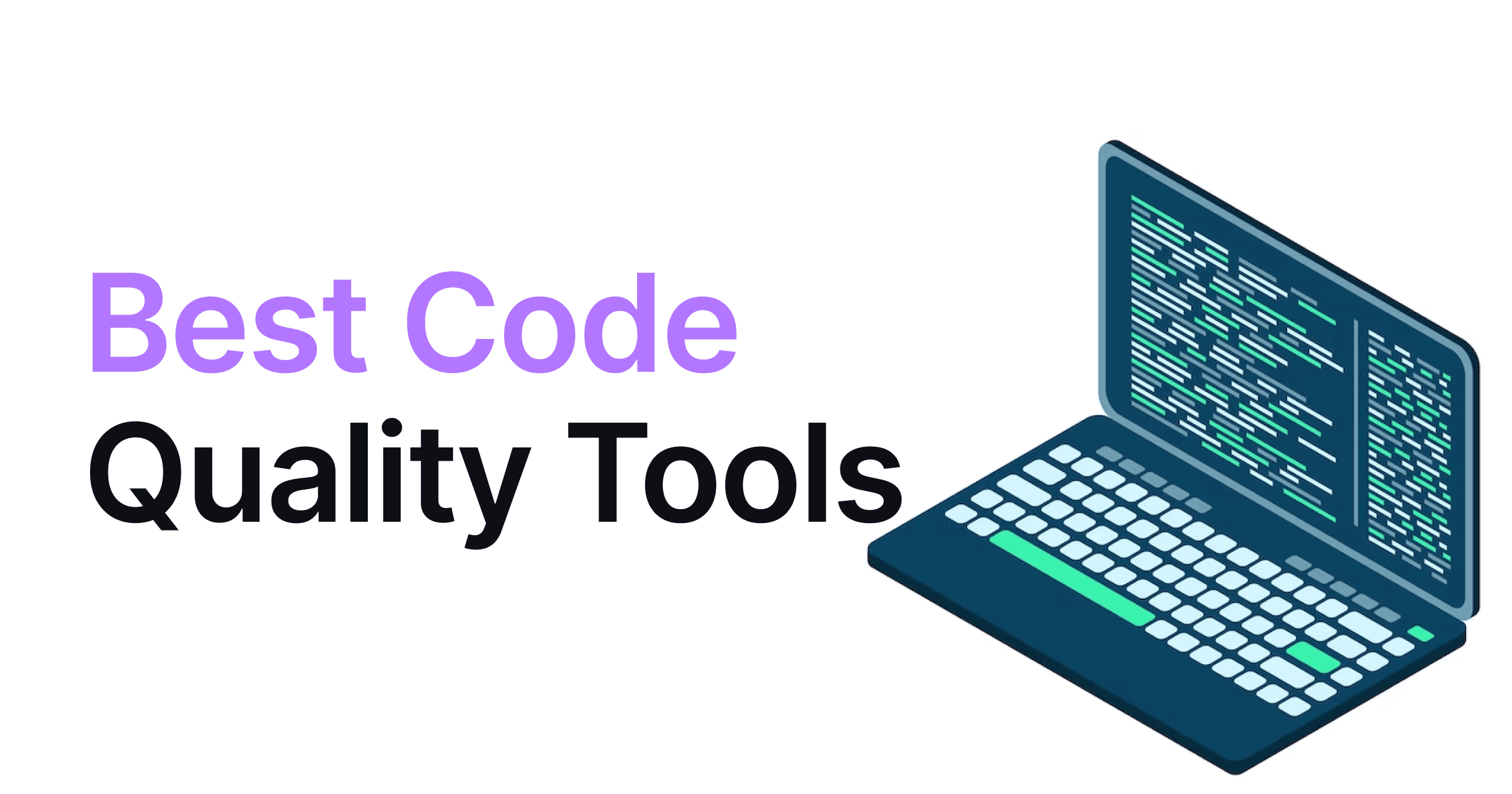Cyber Vulnerability
Code Security
CVE-2025-3066: The Google Chrome Vulnerability You Shouldn’t Ignore
Amartya Jha
• 11 April 2025
In the fast-paced world of browsers and internet security, staying safe online means keeping up with the latest vulnerabilities. And this week, Google Chrome, one of the world’s most widely used browsers, made headlines for the wrong reasons.
A newly discovered security flaw, CVE-2025-3066, categorized as a ‘Use After Free’ vulnerability, has raised eyebrows among security researchers, developers, and everyday users alike. If left unpatched, this flaw could let attackers run malicious code on your machine—just by getting you to visit a compromised website.
Let’s break it all down—what this issue is, how it works, who’s affected, and what you can do to stay safe.
What is CVE-2025-3066?
CVE-2025-3066 is a vulnerability that exists in Google Chrome’s Site Isolation component—a feature designed to protect different websites from interfering with each other in the browser. Ironically, the very system built to keep you safe is where this bug has crept in.
This is categorized as a “Use After Free” vulnerability. Don’t worry if that sounds confusing—it’s simpler than it seems. We'll explain it in a second.
The vulnerability was reported to Google by a security researcher and was quickly acknowledged as high severity. Google responded fast by rolling out an update to patch the issue, but if you're still using an older version of Chrome, your browser might be at risk.
What is a “Use After Free” Vulnerability?
This type of bug is one of the most common and dangerous memory corruption issues in modern software. Here’s a simple explanation:
Imagine this:
You book a hotel room, check out the next day, and the hotel gives the same room to another guest. But for some reason, you still have a keycard that opens the room. You decide to walk back in and use the room, even though it’s not supposed to be yours anymore.
That’s essentially a “Use After Free” bug in programming. A section of memory (the “room”) is freed (no longer needed), but the code still uses it afterwards. This can lead to unexpected behaviors—like letting someone else (an attacker) take control of that space.
In browsers like Chrome, where dozens of operations are running behind the scenes, such bugs can have major consequences, especially when they impact core security systems like Site Isolation.
In the case of CVE-2025-3066, the vulnerability occurs during the browser’s handling of Site Isolation tasks. Site Isolation is a Chrome feature that creates separate memory environments (called "processes") for different websites. This is supposed to prevent malicious websites from reading sensitive information from other open tabs.
However, due to improper memory management, Chrome was freeing up memory used by one process and then unexpectedly trying to reuse it—creating the exact “Use After Free” scenario.
What attackers can do:
An attacker could design a website or piece of code that exploits this bug. Once a user visits that site, the exploit can trigger a sequence where:
Memory is freed by Chrome
The attacker hijacks that memory space
Malicious code is executed within the user’s browser context
This could result in anything from:
Crashing your browser
Stealing sensitive data
Running unauthorized scripts
Or even planting deeper malware (if chained with other vulnerabilities)
And the worst part? It could happen without any interaction from you, aside from simply opening a webpage.
This vulnerability affects users running older or unpatched versions of Google Chrome, especially those who have Site Isolation enabled (which is now standard in most installations).
It spans across Windows, macOS, and Linux operating systems.
You are at risk if:
You haven’t updated Chrome recently
You’re using extensions from unverified sources
You often visit unfamiliar websites
You have multiple tabs open with sensitive logins (banking, emails, etc.)
The more tabs you keep open—and the more you multitask online—the more valuable Chrome’s Site Isolation becomes. And that’s what makes this flaw so concerning.
Let’s talk impact in simple terms:
Code Execution
Attackers can inject and execute code on your device, potentially gaining control.
Data Leakage
Information from other open tabs—like login sessions or tokens—could be accessed.
Browser Stability
Your browser could crash or freeze unexpectedly, leading to productivity loss or system lag.
Elevated Threat
If paired with another bug (like a privilege escalation flaw), this could lead to a full system compromise.
This isn’t just a theoretical issue. In the past, similar vulnerabilities have been actively used in zero-day attacks—meaning attackers took advantage of them before companies could release fixes.
Luckily, Google is on top of things. An update that fixes this vulnerability has already been released.
✅ Here’s what you should do right now:
1. Update Your Chrome Browser Immediately
This issue has been fixed in Google Chrome version 123.0.6312.86 and later.
To check your version:
Open Chrome → Click the three dots in the corner → Go to Help > About Google Chrome
Chrome will automatically check for updates and install the latest version.
2. Enable Auto-Update
Make sure Chrome’s auto-update feature is enabled so you always receive the latest security patches.
3. Restart Your Browser
The update won’t take effect until you fully close and reopen your browser.
4. Be Cautious with Website Links
Avoid clicking on unfamiliar or suspicious links, especially from emails or social media.
5. Use Minimal Extensions
Extensions can introduce risks if poorly coded or compromised. Stick to trusted sources only.
6. Keep Your OS Updated
A secure browser also relies on a secure operating system—keep both updated.
- Test your sites in the latest browser versions
- Avoid relying on deprecated or outdated APIs
- Watch out for error logs related to memory or process handling
- Keep an eye on Google’s Chromium blog for detailed technical write-ups
Update your Chrome browser today. It takes 30 seconds, and it could save you from a very real security nightmare.




